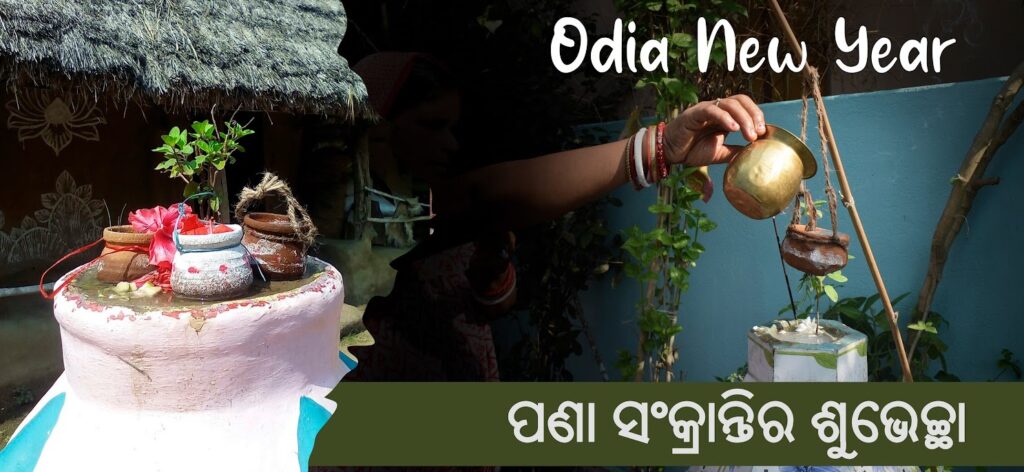Celebrating Pana Sankranti: Welcoming the New Year with Joy and Tradition
As the sun transitions into the zodiac sign of Aries, the people of Odisha, India, joyously celebrate Pana Sankranti, marking the beginning of the traditional Odia New Year. This vibrant festival, observed on April 13 or 14 every year, embodies a rich tapestry of culture, tradition, and spiritual significance.
The Significance of Pana Sankranti:
Pana Sankranti holds deep cultural and religious significance in Odisha. It symbolizes the arrival of spring and the onset of the agricultural season, a time when farmers prepare their fields for cultivation. Additionally, it marks the end of the scorching summer and the beginning of cooler, more pleasant weather.
Traditions and Customs:
One of the central rituals of Pana Sankranti is the preparation and consumption of a traditional drink called “pana.” Made from a mixture of water, jaggery (unrefined cane sugar), grated coconut, ripe bananas, and other fruits, pana is both refreshing and nutritious. It serves as a symbol of abundance and prosperity for the year ahead.
Devotees also visit temples to offer prayers and seek blessings for a prosperous year. Special rituals are performed at Jagannath temples across the state, where devotees gather to participate in ceremonies and receive prasad (blessed food) as a token of divine grace.
Celebrations Across Odisha:
Pana Sankranti is celebrated with great fervour and enthusiasm in every corner of Odisha. Communities come together to organize cultural events, traditional dances, and music performances. Homes are adorned with colourful rangoli patterns, and families exchange sweets and gifts as gestures of goodwill.
In rural areas, villagers gather for fairs and markets where they sell agricultural produce, handicrafts, and traditional delicacies. The atmosphere is filled with laughter, music, and the aroma of delicious food.
Reflection and Renewal:
Beyond the festivities, Pana Sankranti is a time for reflection and renewal. It offers an opportunity to leave behind the past and embrace the promise of a new beginning. People resolve to let go of negativity and embrace positivity, fostering harmony and unity within their communities.
Conclusion:
Pana Sankranti is more than just a festival; it is a celebration of life, nature, and the eternal cycle of renewal. It embodies the essence of Odia culture and tradition, bringing people together in joyous harmony. As we welcome the New Year with open hearts and grateful spirits, let us cherish the blessings of abundance, prosperity, and peace.
Happy Pana Sankranti to all!

